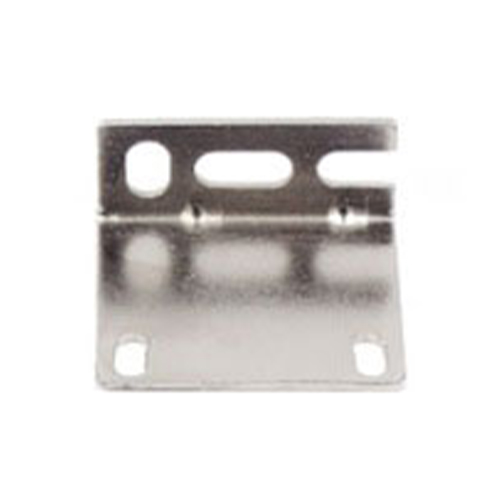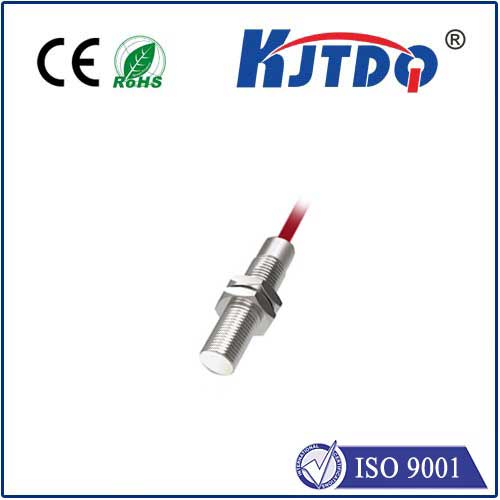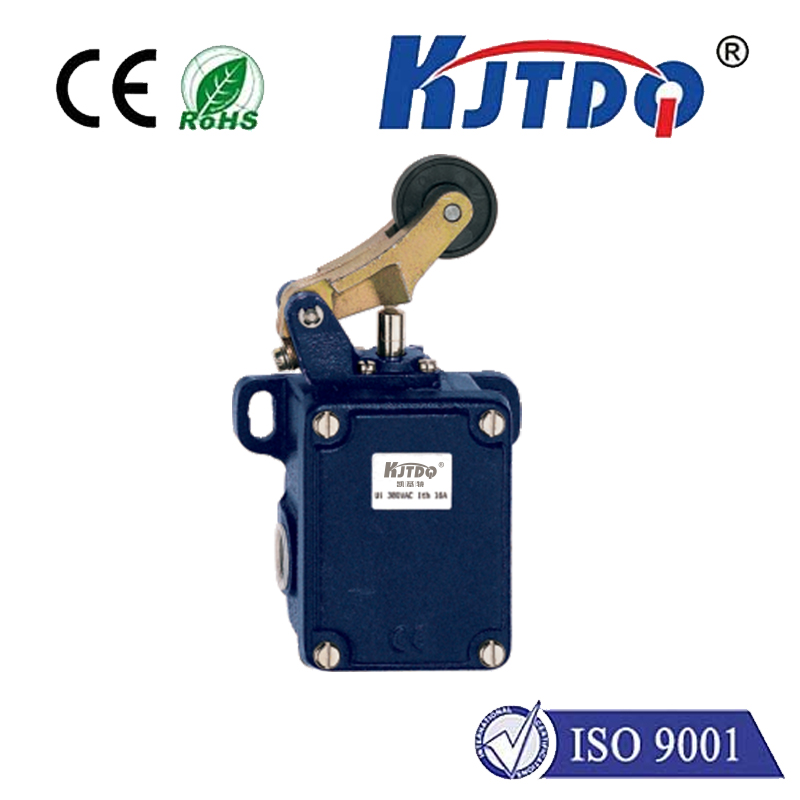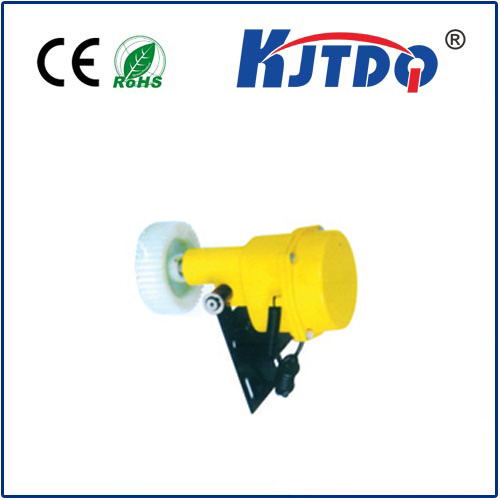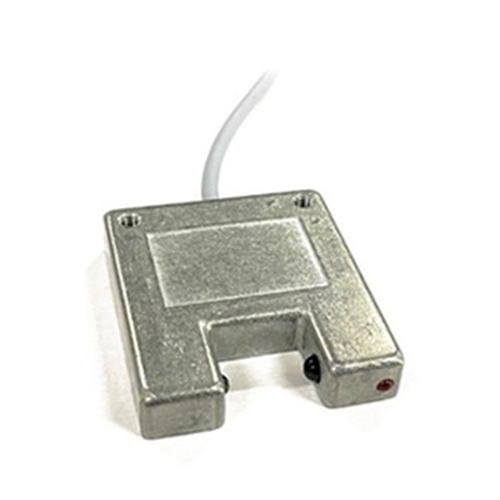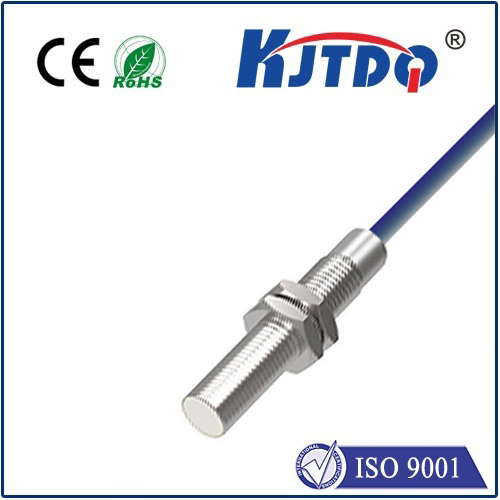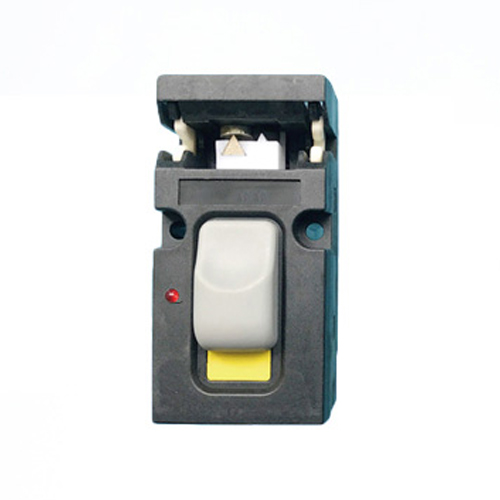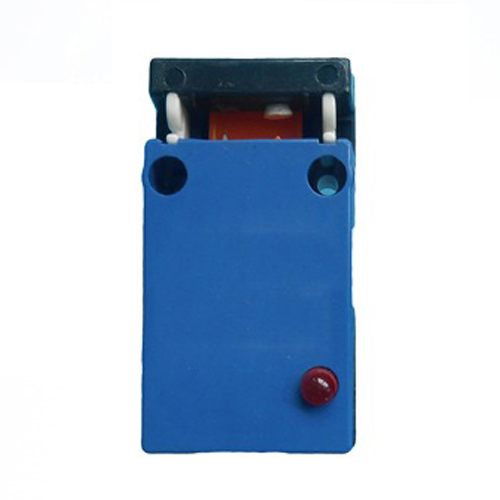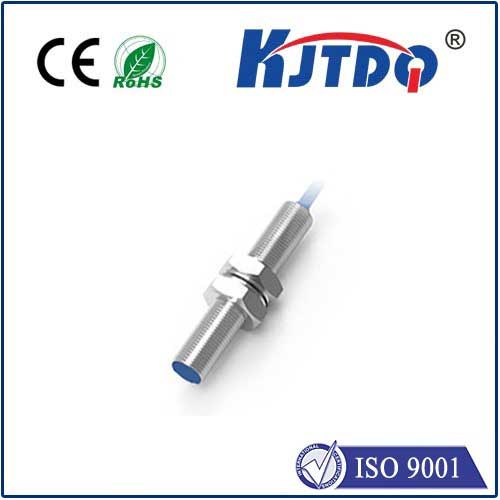

check

check

check

check

check

check

check

check

check

check
The Significance of Counterweight Limit Switches in Industrial Applications
In the world of industrial machinery, safety is always a top priority. One crucial component that contributes to this safety is the counterweight limit switch. This device serves as a safeguard against overloading and potential accidents, making it an essential part of any heavy machinery operation.
The function of counterweight limit switches is quite straightforward. They are designed to detect when a load has reached its maximum weight capacity or has exceeded safe operating limits. When this occurs, the switch sends a signal to the control system, which then triggers appropriate action to prevent damage or injury.

For example, imagine a crane lifting a heavy load. Without a limit switch, there would be no way to know if the load is too heavy for the crane's capacity. This could lead to equipment failure, property damage, or even worse, personal injury. However, with a counterweight limit switch installed, the crane's operator can be alerted before reaching the critical point. This allows them to take corrective measures such as reducing the load or stopping the operation altogether.
In addition to their safety benefits, counterweight limit switches also contribute to increased productivity and efficiency. By preventing overloads, they help maintain consistent operations and minimize downtime caused by mechanical failures or maintenance issues. Moreover, they provide data on load capacities and usage patterns that can inform future operational decisions.
It is worth noting that counterweight limit switches come in various types, each suited for different applications. Some are designed for low-capacity loads while others can handle much heavier weights. It is important to choose the right type of switch based on the specific requirements of your industrial machinery.
Furthermore, proper installation and regular maintenance of counterweight limit switches are crucial to ensure their effectiveness. A professional should be consulted during the initial setup to ensure optimal performance and reliability. Regular checks should also be conducted to identify any signs of wear or damage that could compromise the switch's functionality.
In conclusion, counterweight limit switches play a vital role in enhancing safety and efficiency in industrial applications. Their ability to detect and prevent overloading makes them an indispensable component in heavy machinery operations. By investing in high-quality switches and ensuring proper maintenance, businesses can protect their employees, equipment, and bottom line from potential harm.
